brighouse
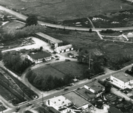

1. Brighouse District
A Civic Legacy
Welcome to the Brighouse District! This is a fascinating place.
The Richmond Museum invites you to explore the history and diversity of the Brighouse District through this self-guided historical walking tour.
This is a family friendly walking tour and will take approximately 1-2 hours. Please respect private property and obey all posted signs while enjoying your tour. We recommend starting the tour at the Richmond Cultural Centre (7700 Minoru Gate) as free full day parking is available at its parking lot.
Brighouse District
The Brighouse District grew from a crossroads in the midst of agricultural fields to become the centre of Richmond’s early rural community, servicing farms in the area.
In 1956, the municipality’s Planning Commission approved the Brighouse District’s conversion from a rural community serving the farms in central Richmond, into a modern growing commercial town centre. The plan called for, a new town hall, school board office, health unit and library, commercial district, and large multi-use park. Many of the structures
and services you can still see today although most buildings have been upgraded or rebuilt.
Photo credit: Aerial photograph depicts Brighouse racetrack and area showing the Municipal Hall, Granville Avenue and No. 3 Road; 1956. City of Richmond Archives #1977 2 63, Donated by Greta Cheverton.
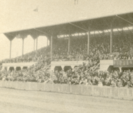
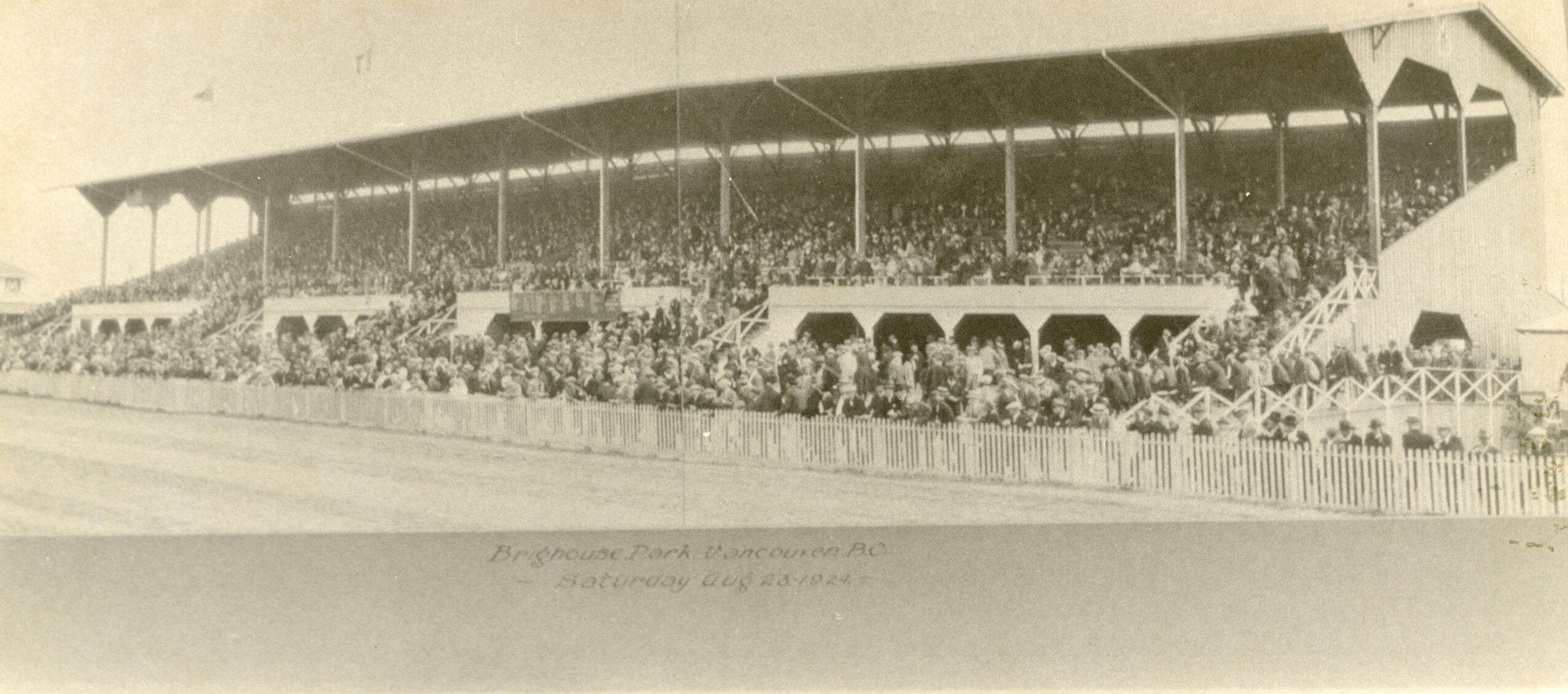
2. Minoru Racetrack
On opening day August 21, 1909, over 7,000 horseracing fans packed the Minoru Racetrack’s grandstands and clubhouses, arriving from all over the Lower Mainland in vehicles and on special Interurban trams.
Named after King Edward VII’s 1909 Epsom Derby winning horse, Minoru, the one-mile oval track was known as the best thoroughbred horse racetrack on the Pacific Coast. Barns holding hundreds of horses lined the west side of No. 3 Road where the Richmond Centre Mall now stands.
The Racetrack closed during World War I, but reopened in 1920. Racing continued until the 1940s when aging facilities and competition from Hastings Park in Vancouver forced it to close for the final time.
Photo credit: Racegoers in the grandstand at Minoru Park, 1920s. City of Richmond Archives #1978 11 1

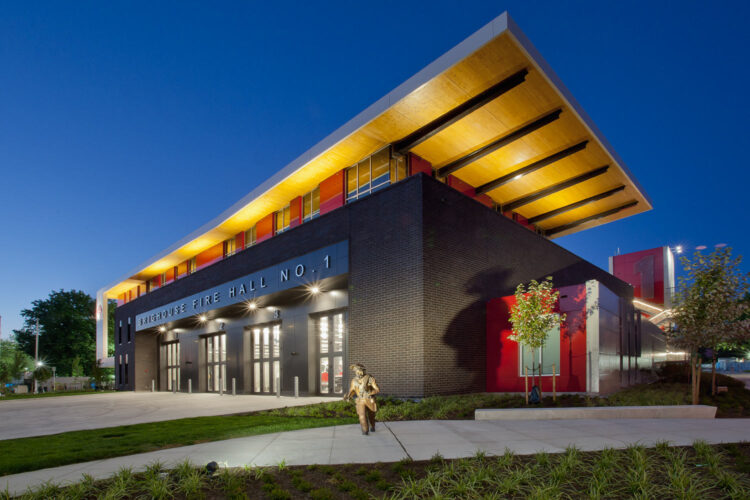
3. Brighouse Fire Hall No. 1.
In 1922, a public meeting of the Brighouse-Garden City area residents was held with the purpose of forming a volunteer fire department. Three days later this became a reality.
In 1923, the Brighouse Volunteer Fire Department moved into the modern age, installing a police telephone for emergency calls and racing to emergency scenes in two of the volunteers’ Model T Fords.
The current Brighouse Fire Hall No. 1 station was completed in 2018. It replaced the previous 50-year-old fire hall. The new facility is also home to Richmond Fire-Rescue’s administrative offices, Fire Prevention and Community Relations, and the Emergency Programs Department.

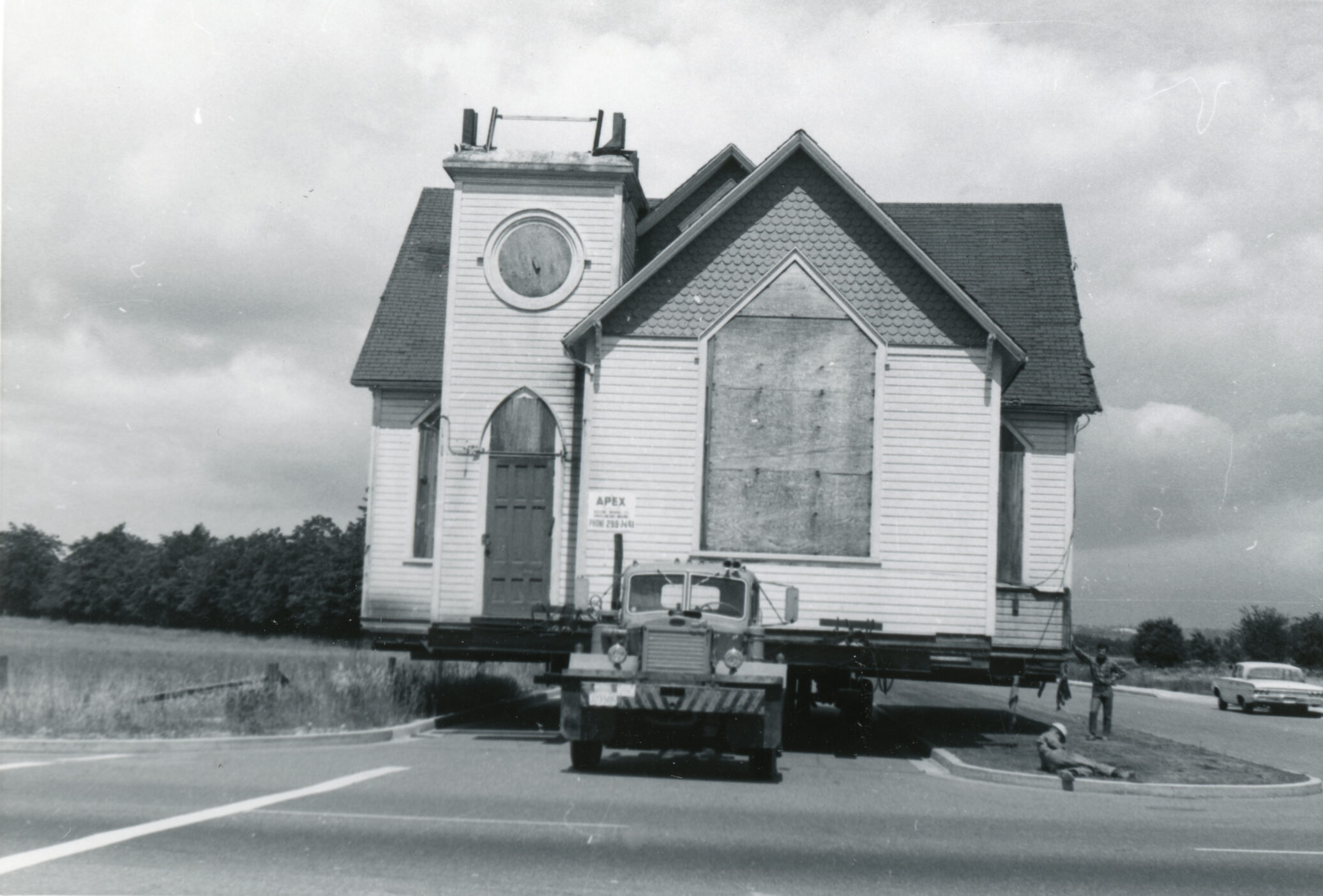
4. Minoru Chapel
Learn about this chapel’s history and have a close look at the stained glass windows, a highlight of its beauty and charm. Built in 1891, the Minoru Chapel holds stories of Richmond’s growth into the city and is a popular destination for weddings with its beautiful historical charm.
Please call 604-238-6106 for inquiries.
Drop-in on Saturday or Sunday 12:00PM – 4:00PM


5. Minoru Park
You are currently standing in Minoru Park among some the original trees that surrounded Minoru Racetrack, planted around 1925. These include a mixture of elms and oaks.
Building on the existing Centennial Park, Minoru Park was established with the adoption of a planning study and dedication of sixty acres in the mid-1950s. Upon completion, Minoru Park was officially named in 1960. Greenspaces, pleasure gardens, lake water features, pedestrian trails and sports facilities replaced the former racetrack and occasional airstrip.
The much-loved park has been host to numerous athletic events and festivals, and was the site of the hugely successful Richmond O Zone during the 2010 Winter Olympic Games.
Today, Minoru Park is the green heart of Richmond’s City Centre and serves as a 45-acre recreational and cultural park site. It continues to evolve with new facilities and upgraded playing fields. The Minoru Centre for Active Living is the most recent addition to the Park.


6. First Aircraft Flights
Minoru Park–called Centennial Park till 1960–was home to a number of aviation ‘firsts’ long before the Vancouver Civic Airport was built on Sea Island. The flat, open landscape here made it an ideal place for early planes to take-off and land.
In 1910, Charles Hamilton piloted the first powered flight in western Canada from Centennial Park. It was a true community event, with over 3,500 people turning out to cheer Hamilton on and watch him make two flights overhead. Other ‘firsts’ soon followed: the first airplane constructed in greater Vancouver flew from here (1911), the first airplane passenger flight in British Columbia (1912), the first solo flight in Canada by female pilot Alys McKey Bryant (1913), and finally, the first airmail flight left from this Park across the Rocky Mountains to Calgary (1919).
Photo Credit: Charles Hamilton’s Curtiss biplane on Minoru, 1910. City of Richmond Archives #1978 15 18
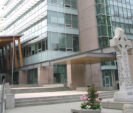
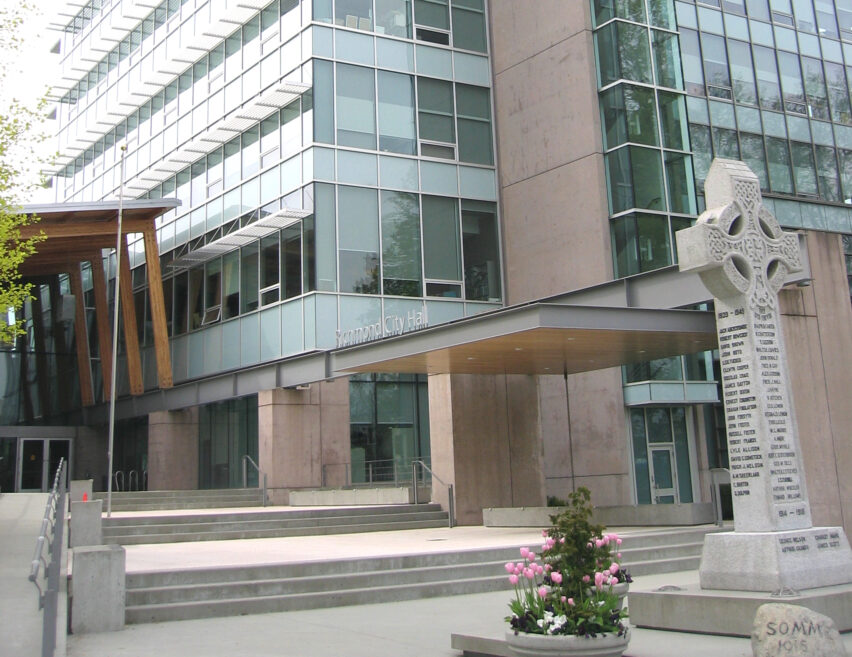
7. Richmond City Hall
Richmond’s first town hall was a one-room building on Sam Brighouse’s property near the corner of Cambie and River Roads, which he donated to the municipality for this use. Later, Brighouse swapped the original town hall property for another site in his vast land holdings, at No. 3 Road and Granville Avenue.
The second town hall was a two-story building with a curved drive and landscaped grounds facing No. 3 Road. In 1957, Richmond’s rapid urbanization resulted the building of a third larger hall on the same site. The building you see today is the fourth city hall and was constructed in 2000.


8. Brighouse Park and Lacrosse Box
Brighouse Park was a gift from Richmond’s Agricultural and Industrial Society. The Society, formed in 1891 and within a decade began organizing agricultural fairs and May Day celebrations for the citizens of Richmond. In 1923, they purchased this six-acre parcel of land to use as an athletic field, later donating it to the municipality in 1939.
The lacrosse box in Brighouse Park was home of local teams as early as 1910. Lacrosse has been a popular and important sport in Richmond since the beginning of the twentieth century, and the City still serves as a major centre for box lacrosse in British Columbia. The Richmond Milkmaids, formed in 1917, became the first women’s lacrosse team in Canada.
Photo Credit: The Richmond Milkmaids, 1929. City of Richmond Archives #1977 7 3


9. General Currie School
General Currie School was named after General Sir Arthur Currie, the first commander of the Canadian Corps in World War I, and opened as a one- room school in 1919. Built in a Tudor style with Craftsman Influences it is the only protected heritage school in Richmond and is still in its original location.
The school was one of many built after World War I to serve a growing population with access to transportation. During its early years, the school was heated by a pot-bellied stove.


10. First McDonald’s in Canada
This McDonald’s was the first to open outside the United States on
June 1, 1967. The original restaurant at this site was a reproduction of the hundreds of similar futurist-style McDonald’s drive-ins that could be found across the United States.
When it opened, customers lined up to order 18-cent hamburgers at the small drive-in and walk-up business with two take-out windows. That same year, the stand-alone restaurant with indoor seating was launched.
The opening of the new McDonald’s symbolized Richmond embracing the future.

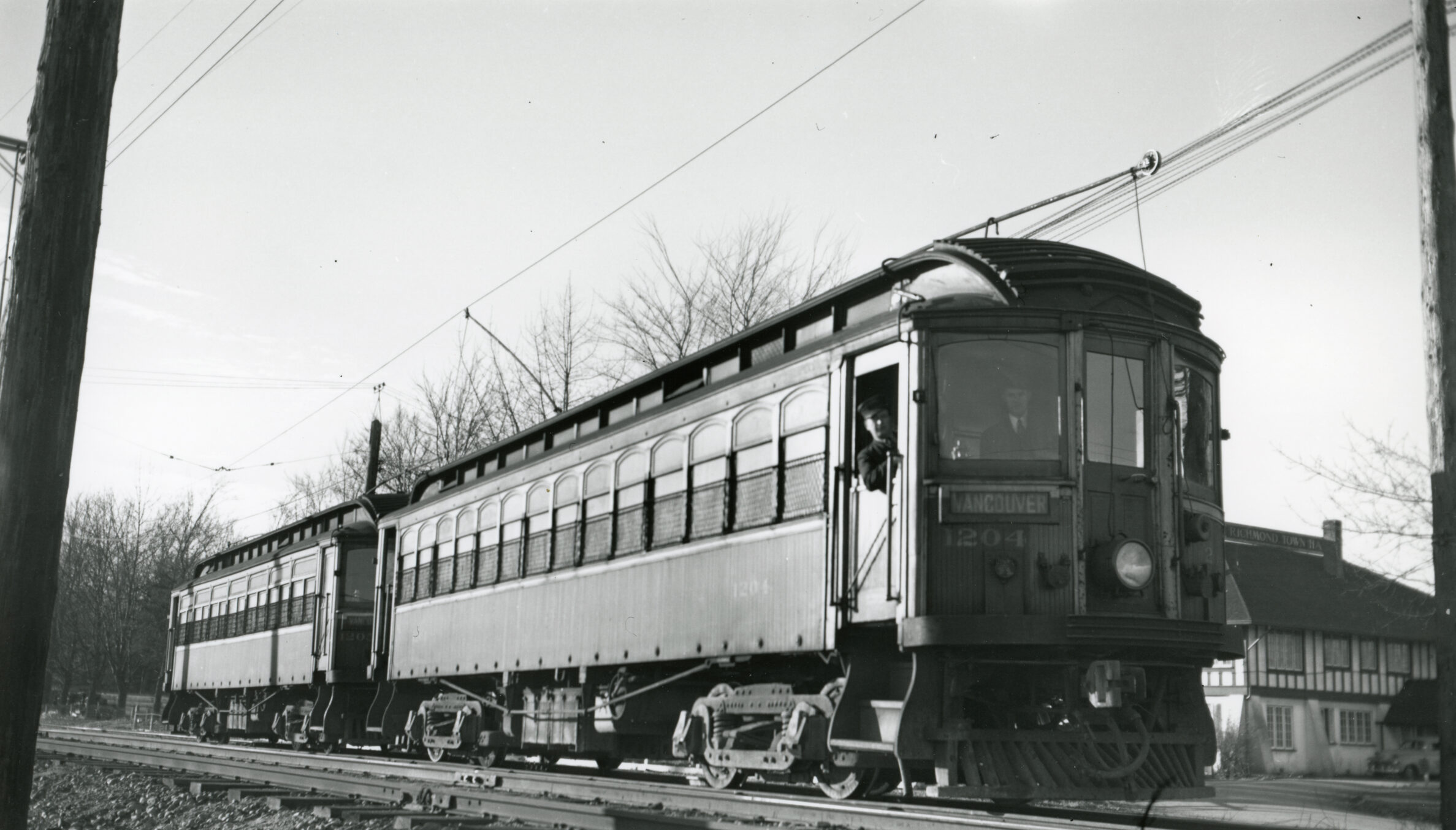
11. Brighouse Tram Station
The Brighouse Station once stood here, near the northeast intersection
of Granville Avenue and No.3 Road. The station was a key stop on the Interurban tram line which connected Richmond to Vancouver, and beyond to Chilliwack.
On race days, trams known as “Specials” ran from downtown Vancouver across the Fraser River and directly to the Minoru and Lansdowne Racetracks. They sped along at 40 kilometres per hour, often with flags and bells to distinguish them from the regular trams. After delivering their passengers, they parked on sidings to wait for the rush at the end of the day.
Photo Credit: Interurban tram on Granville Avenue passing Richmond Town Hall, 1955. City of Richmond Archives #1978 12 10
